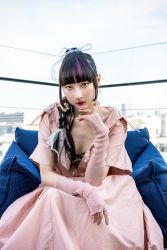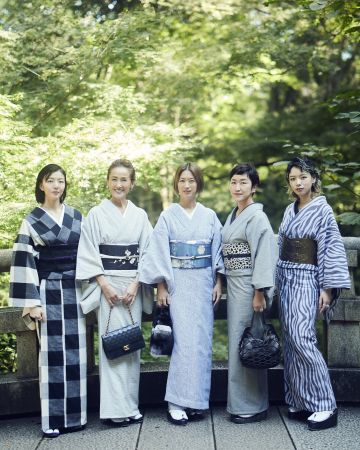
December 31, 2022
Based in Japan: Kapuki Kimono
Reiko and Mitsuaki show their dedication to reintroducing the Japanese kimono as modern fashion through innovative designs.
By Metropolis
Reiko Koshizuka (Founder)
Mitsuaki Koshizuka (Creative Director)
Kapuki Kimono shop is tucked away on a street by the Nakameguro River. Around it, there is a whole community of self-starting brands, artists and craftspeople. Founder Reiko Koshizuka and creative director Mitsuaki Koshizuka are passionate about sharing their love of kimono both as an art and a fashion piece, and hope that their message resonates with younger generations. They express their dedication to the preservation of old traditions by breaking through barriers, experimenting with new ideas and most of all, inviting visitors to the store to take part in their journey.
How did you come up with the name Kapuki?
Mitsuaki: We took inspiration from the classical dance, Kabuki from the Edo period. The name Kabuki itself comes from the word “kabuku” which means “to lean away”. If everyone’s standing in a straight line the only thing you can see is the back of someone’s head. However by leaning to the side, you get to see a whole new world and perspective. It’s about how much bigger your world can become by leaning out from your comfort zone.
We didn’t want to use the name Kabuki as it is because that would make it too obvious. To further stay true to the meaning of Kabuku, to continue leaning away, we changed the Bu in “Kabuki” to Pu.
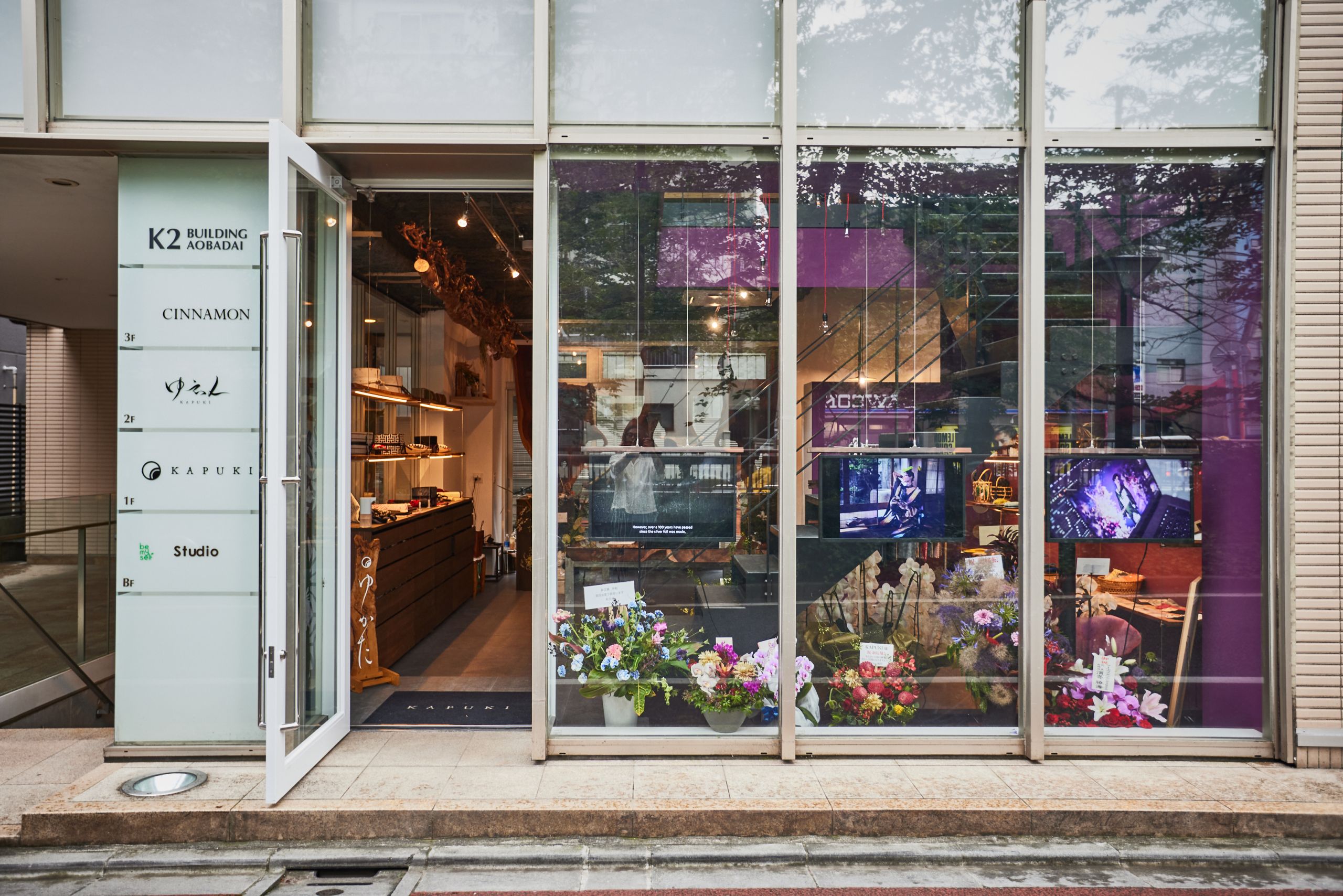
As the owners of Kapuki Kimono, where did this interest in kimono stem from?
Reiko: I was originally a fashion stylist before I met Mitsuaki. I had always been in the fashion industry. After our marriage, seeing that Mitsuaki was working on several projects with kimono, I started to fall in love with the garment and decided to help. This later led to the creation of Kapuki, eight years ago.
Mitsuaki: As a fashion photographer, back then I was focusing mainly on high-fashion. In one of my projects I started experimenting with the Katagami, a Japanese paper cutting art, to take fashion photography where I would position the paper art in front of the camera to have the pattern reflect on the models and take the pictures.
These photos caught the attention of a kimono maker who then offered to collaborate. That was the point where we started to think how it could be fun to start a kimono shop because Reiko already has an extensive background as a fashion stylist.
How is Kapuki Kimono different from other kimonos?
Reiko: We regularly visit Kyoto to hunt for old kimono prints. From the ones that are ripping, tearing and unusable to simply outdated patterns. We would trace the original designs and redesign them by adding distinctive Kapuki styling to make it our own. One of the examples is an old Japanese pattern design that we updated with original Kapuki graphic mark, crafted on a Washi paper.
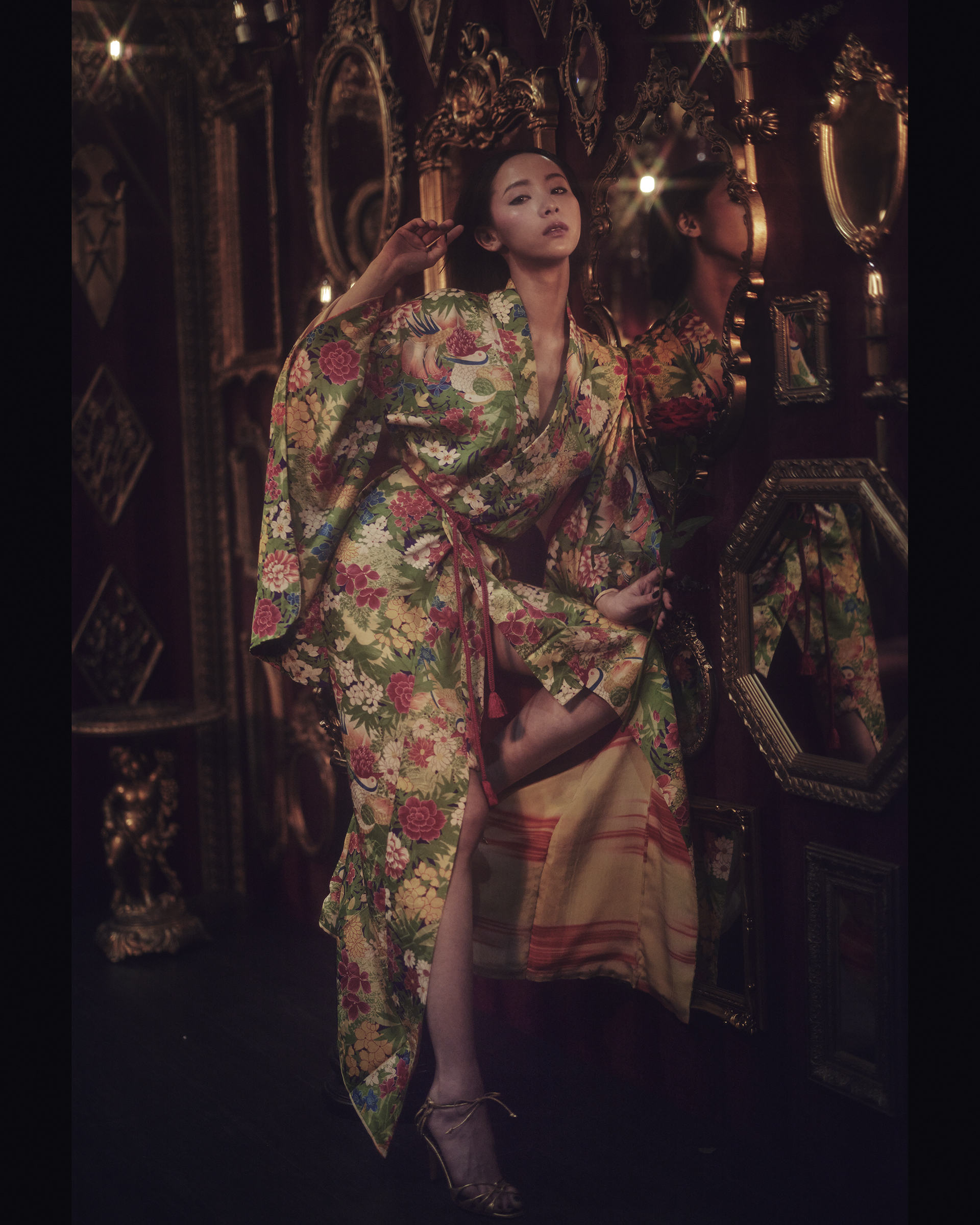
As Japan is known for its traditional and defined color schemes throughout the periods, has the notion to develop a new color scheme for the current period ever crossed your mind?
Mitsuaki: I personally believe that the sadder the world’s times are, the brighter the colors become. With all that’s been going on we see more people in current periods with vibrant hair and clothing; more people trying to add sparks to the darkness of the world. In the past, on the other hand, like the Edo period, depending on your class you were told not to wear vibrant kimono and to keep things minimal.
Reiko: On top of that, kimono carries a stereotype for being bright-colored. Although in reality most people in Japan wear a lot of dark monotone colors. So what we do, which separates Kapuki from other kimono brands, is instead of trying to create a new color, we stay true to what Japanese people wear everyday by creating designs that are up to the times.
It’s one of the charms of our new collection that we’re excited to put out there, the Denim Haori. Kapuki Kimono uses high-quality denim material local to Japan, making this is our most durable and easy-to-wear Kimono that anyone can incorporate into their everyday wardrobe. Generally, it’s quite a statement to wear a kimono out and about, the color makes it stick out way too much. With our Haori Kimono collection, my main focus is to stand out by keeping the monotone color schemes and blending in with the surrounding.
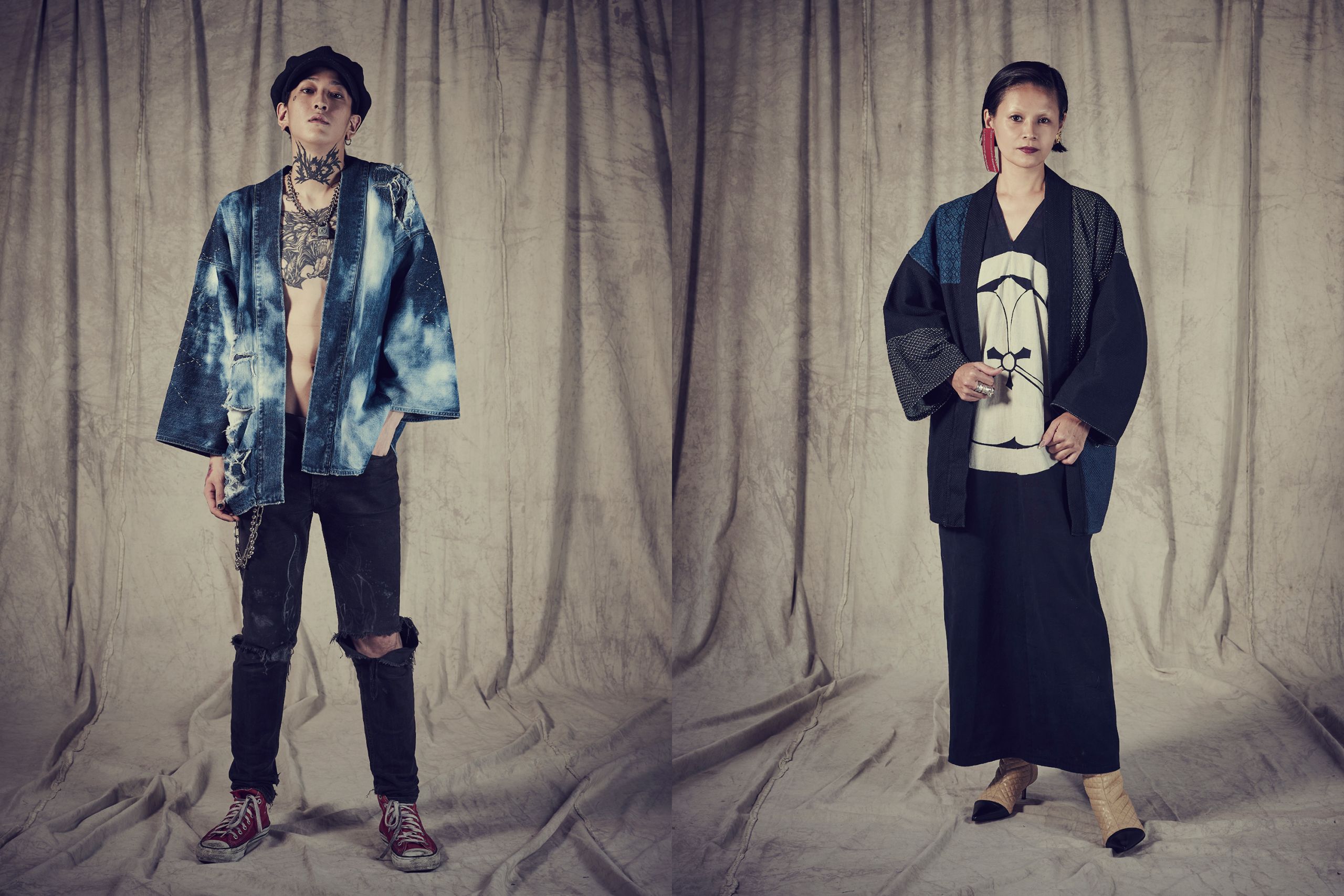
What drives you to take the innovative path of preserving kimono by incorporating modern designs?
MMitsuaki: It’s the frustration that among modern generations kimono isn’t regarded as fashion despite its beauty. Today, there aren’t many places you can wear a kimono. The majority of people in Japan only wear them for special occasions. For example, the Sichigosan which is when kids wear kimono to celebrate turning three, five and seven years old. It has become kind of like a costume.
And how did the older generations in the kimono community react to your ideas to modernize kimono?
Reiko: In the beginning, the fact that I didn’t know how to make a kimono and work in a kimono shop led to a lot of backlash from senior kimono makers. In addition, business-wise a lot of people were telling us that our idea was not going to work. But I carried through and I think that motivation alone kind of helped keep the company alive while slowly changing people’s view on Kapuki Kimono.
Do you think that the kimono will ever benefit from the constant recycling of trends in the fashion industry?
Mitsuaki: Kimono is such a niche industry now that there just aren’t many trends to start with. For us, it’s more about preserving what already exists. We seek to keep the heart behind kimono alive, such as proper and detailed sewing, careful choosing of high quality and long lasting materials. It’s the amount of effort and dedication towards the craftsmanship that’s put into kimono making.
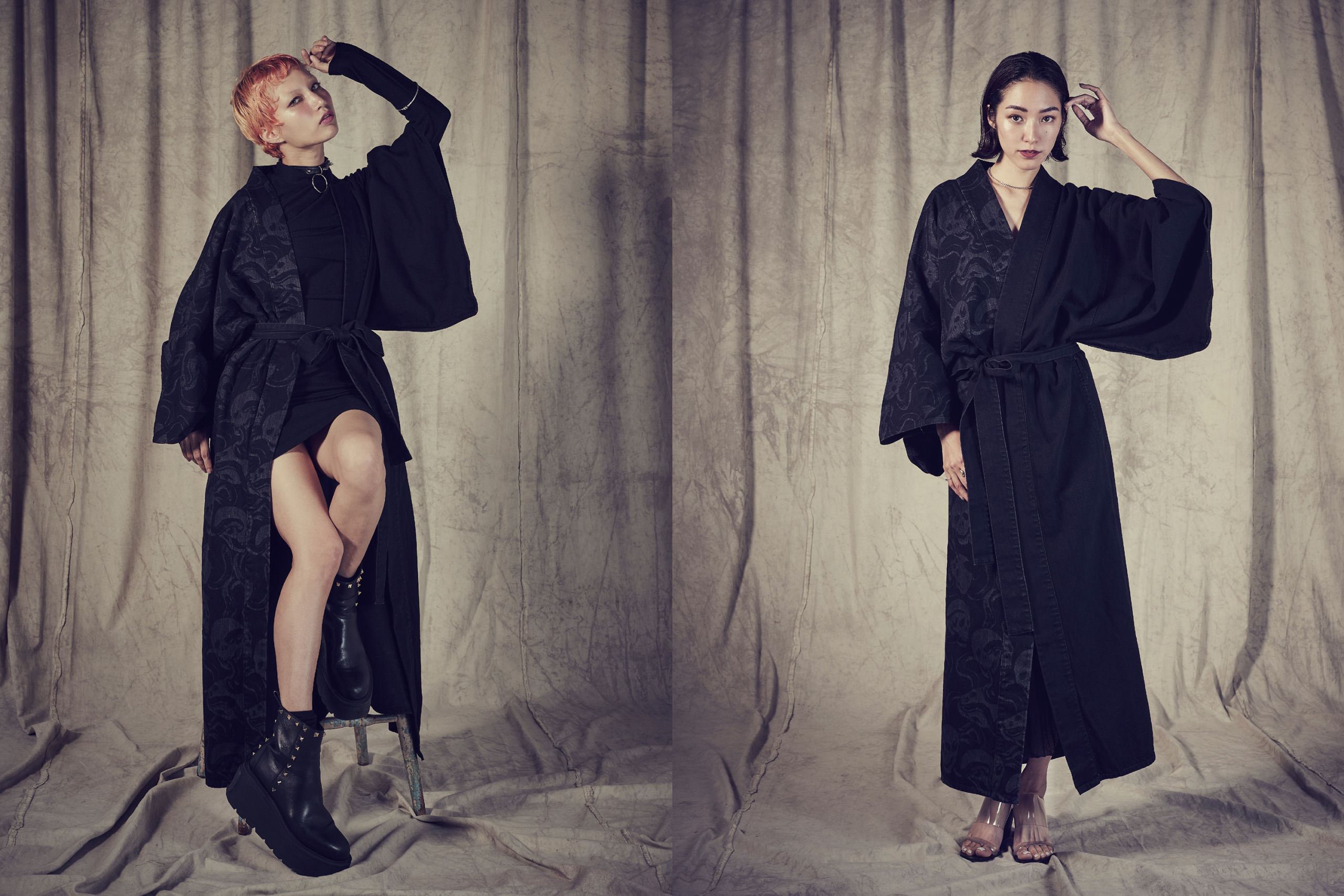
Kapuki Kimono is also introducing a section of their shop that features products, designed by local artists. Tell us more about how Kapuki Arts came to creation.
Mitsuaki: We started to build Kapuki Arts last summer, in 2021. I wanted to create a place where people can come and take home a piece of Japan that they resonate with the most. Because it‘s difficult to just buy a whole kimono on the spot. Kapuki Arts offers a collection of memorable pieces for tourists. We’re excited to offer a unique combination of fashion, design and art.
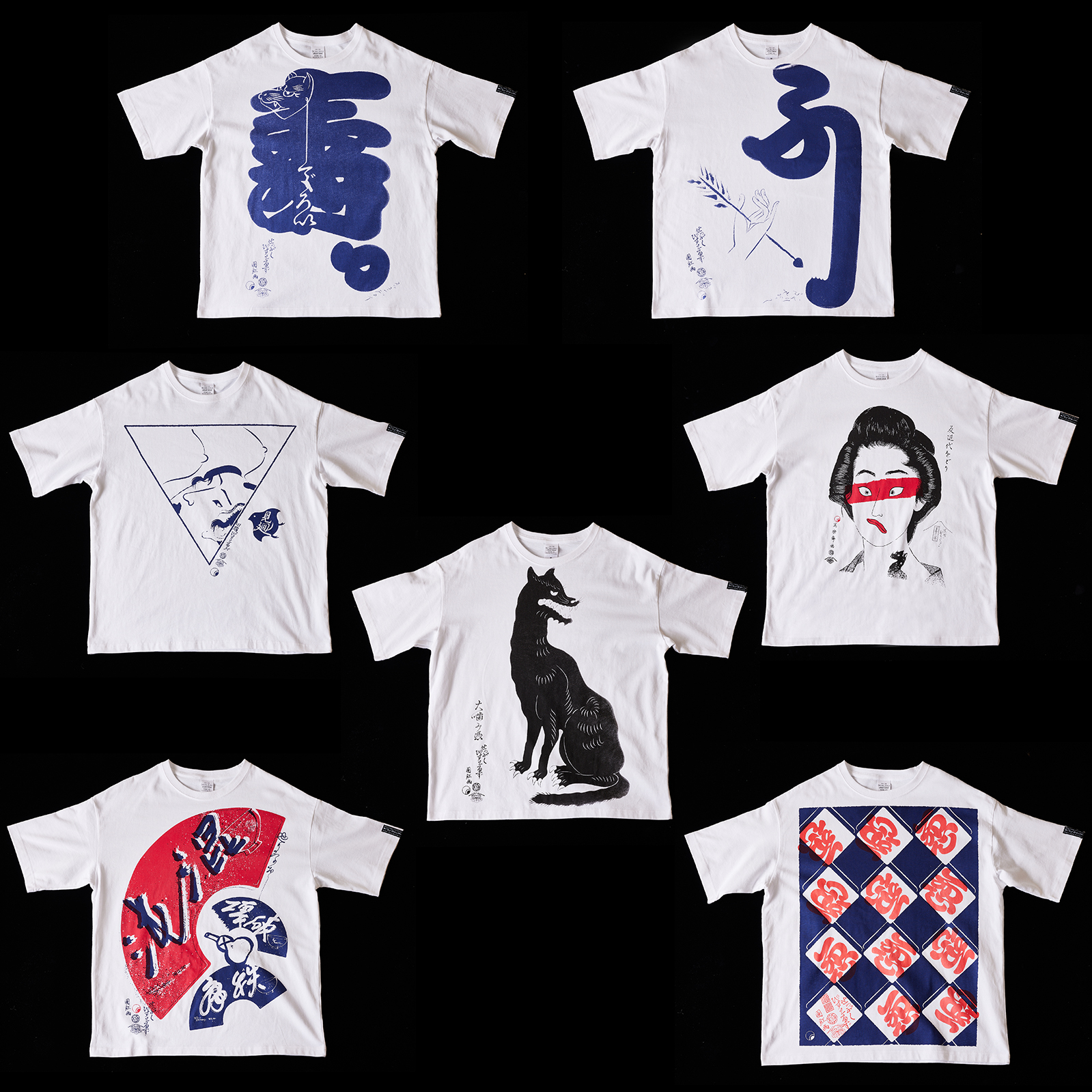
Having been in the market for well over 8 years and with many more new things to come this year, is there any message you’d like to share with everyone, both new visitors and locals of Japan?
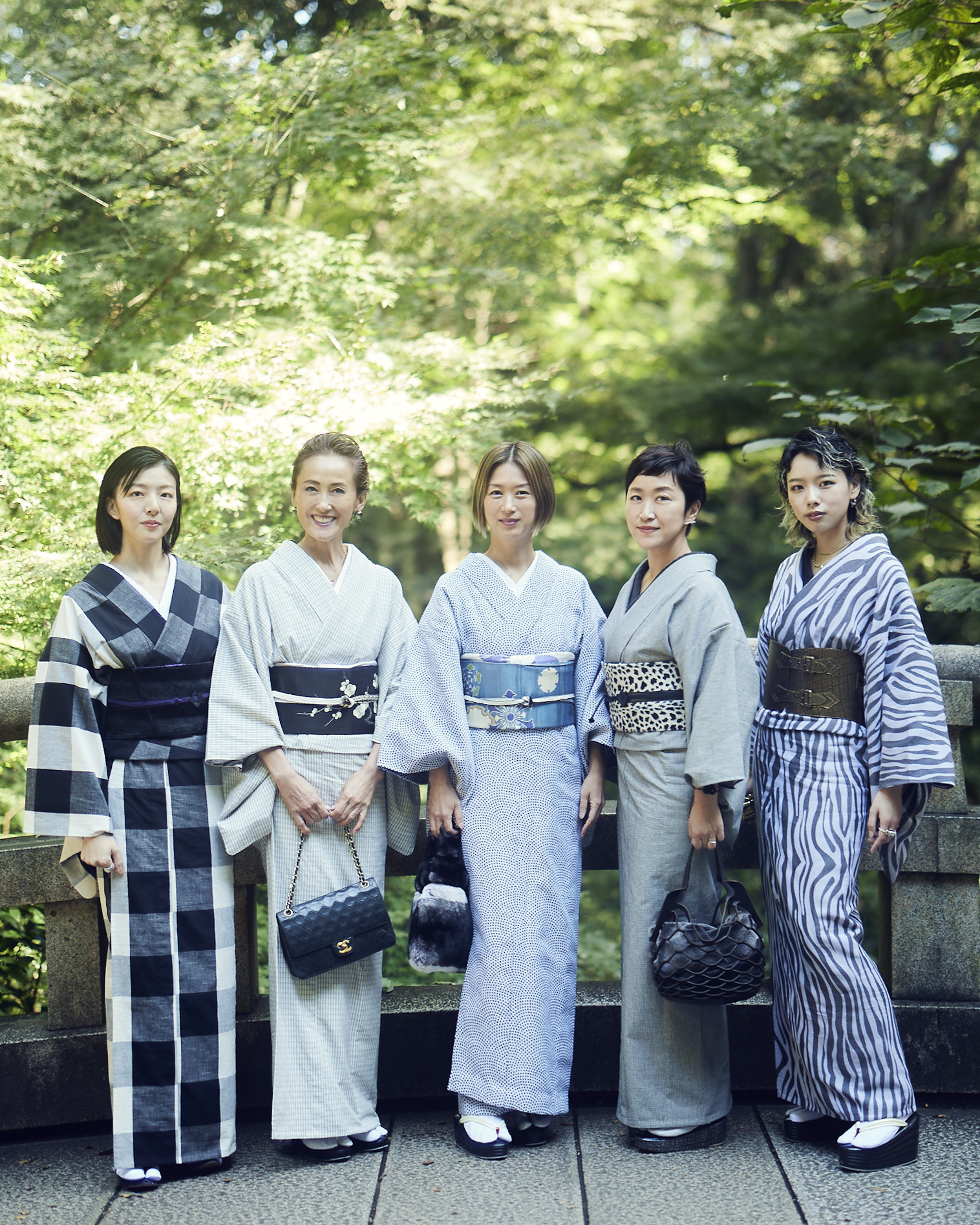
Reiko: “Dento wa kakushin no renzoku.” which translates to “Tradition is ongoing innovation.”
It’s very easy to fall into the trap of having to preserve old traditions in restrictions. But for us, to keep a tradition alive is to experiment and try new things. Nowadays with modern marketing trends, people are following what everyone else is doing. But when you’re dedicated to one craft and improve from within that’s when traditions will blossom through generations.


